Photographing Reflections: More Than Meets the Eye
Fake Post-processing?
The following is a photo I took this past summer in the Dolomites (Italy).
It’s a single exposure of a pretty gobsmacking moment and it’s by far one of my favorite shots of the trip. And yet, if you look closely at the lake, you can see that there is something funny going on. Do you see it? If not, perhaps this recent comment on Instagrammer will help: “Fake post-processing. Reflections on ‘lake’ are not real.” Exactly right! Well, in truth, he’s exactly wrong. But his comment does cut to the heart of the issue when you are photographing reflections. Why do the reflections in the lake look so different from the hills above?
Reflections Explained
To answer that question, we’ll dive quickly into what a reflection is… or rather, what it is not. Contrary to popular knowledge, a reflection is NOT a mirror image of whatever it’s reflecting. It may show the same subject, but the truth is it’s showing that subject from a completely different angle. Most of the time we are oblivious to this difference because it’s small. If you stand close enough to any reflective object (like a lake) your perspective is typically such that the light from the object you’re looking at, as well as the light from its reflection, hit your eye at roughly the same angles. So the things look the same, like in this photo:
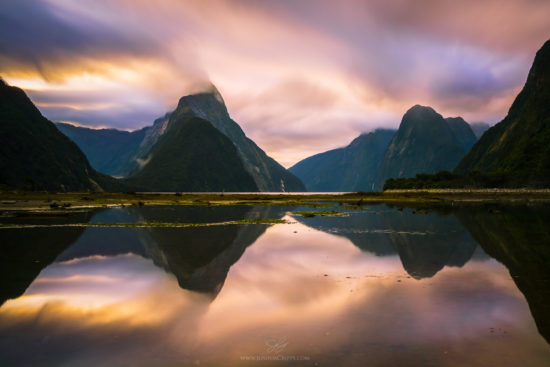
For this shot, I was standing virtually at water level and the mountains in the background were far enough away to ensure a minimal change in perspective caused by their reflection.
But once you play with your perspective by changing your height relative to your reflective lake or once you start getting closer to the object being reflected, then that difference in angles becomes more apparent. Here’s another example. At first glance you might think that the following is a perfect mirror image reflection of this tree.
But if you look closely you can see that the lower branch of the tree overlaps the mountains in the background; it doesn’t in the reflection. Why not? Because my height relative to the water and my proximity to the tree change the geometry of the reflection.
Now that you can start to see what’s going on here, let’s go back and take a closer look at what happened in my original lake shot. I didn’t shoot this photo from lake level, but rather about 100 feet up the hillside behind the lake. This caused the geometry of the situation to change. In addition, there’s a smaller row of hills that blend in with the hills that are visible against the brighter background. Because of the change in my perspective, it’s actually the smaller hills that are visible in the reflection, leading to the head-scratching situation. Here’s a diagram of exactly what’s going on…
My “Aha!” Moment
So, what’s the point of all this? Well… let me tell you a personal story. I used to poo-poo photographing reflections. I thought it was a crutch; an easy way to get “oohs” and “aahs” over photos that weren’t otherwise very good. But then one day I saw this tremendous Yosemite photo by Gary Hart and it changed the way I looked at reflections. In Gary’s shot, Yosemite is a winter wonderland. Everything is white. Except for the trees in the reflection, which are a deep saturated green. After drawing the ire of many armchair photographers on Flickr claiming that the image had to be Photoshopped, Gary calmly silenced the naysayers by explaining that the reflection is showing the underside of the tree branches and, of course, snow does not fall up. :)
This was an aha moment for me… one that helped me realize that reflections don’t have to be a photographic crutch. They can be used as a tool to make your viewers scratch their heads, kick their noggin into gear, and perhaps look at the world in a different way. And in the end, isn’t that what art is supposed to do?
Since then, I’ve enjoyed using reflections in my photography both conventionally and with an intent to make my viewers stop and stare for a second, trying to figure out what’s going on. Here are a few of my favorites…
Do you have any weird, cool, or unusual reflection shots? I’d love to see them so leave a link in the comments!

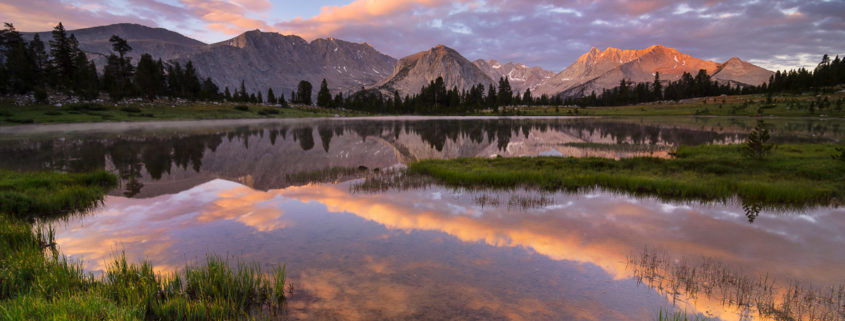
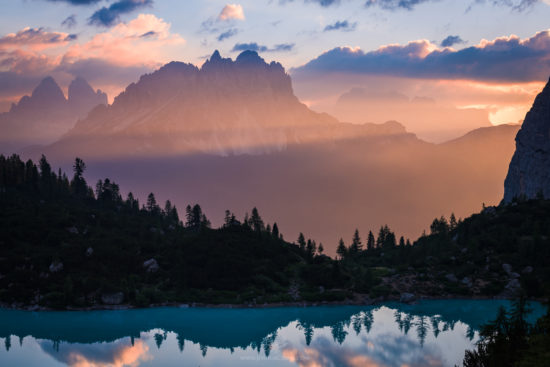
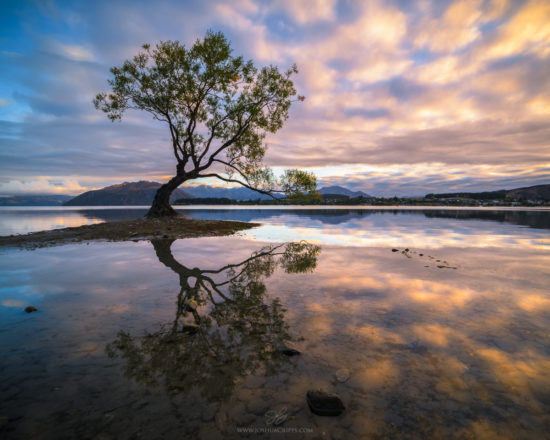
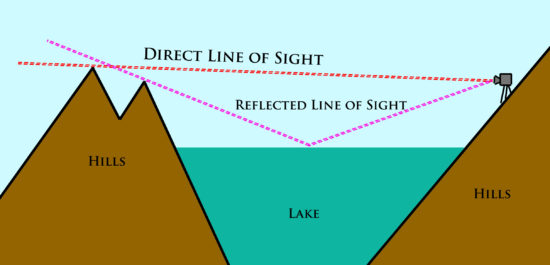
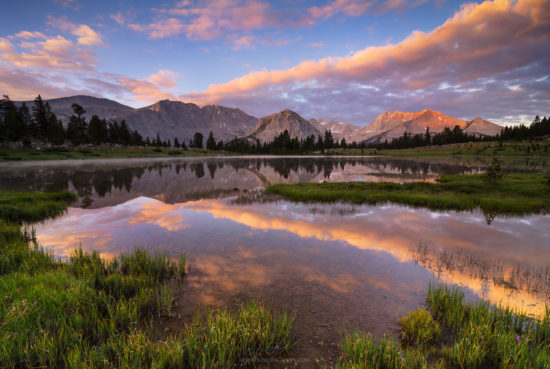
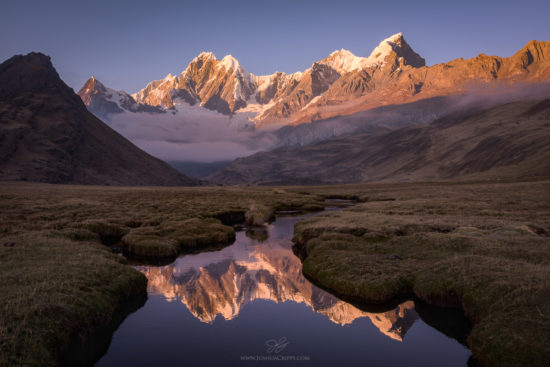
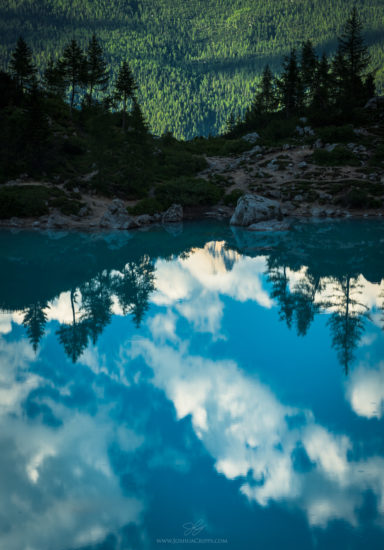


I’m a pretty fast reader, so I am not sure about the 93 push-ups claim. But the diagram and your image of Lago Sorapis, Dolomites, a terrific landscape photo, have helped me understand that reflections are NOT always symmetrical. Agreeing with Paul above, plenty of reality pixels, but abstract enough to engage my cognition, not just my memory of scenes seen. Good job. Thanks.
Very interesting! I arrived here after trying to research how many of these amazing reflection shots on Instagram are photoshopped. Glad to see some are at least authentic
By the way I love that Lago Sorapis, Dolomites shot. It’s just at the edge of being abstract art but still literal enough to be able to tell what the landscape is
The article is great and it’s refreshing to hear how what was once viewed as a crutch was looked at again in a different light. I have to tell you though… The bio is absolutely one of the best I have ever read. Pure genius.